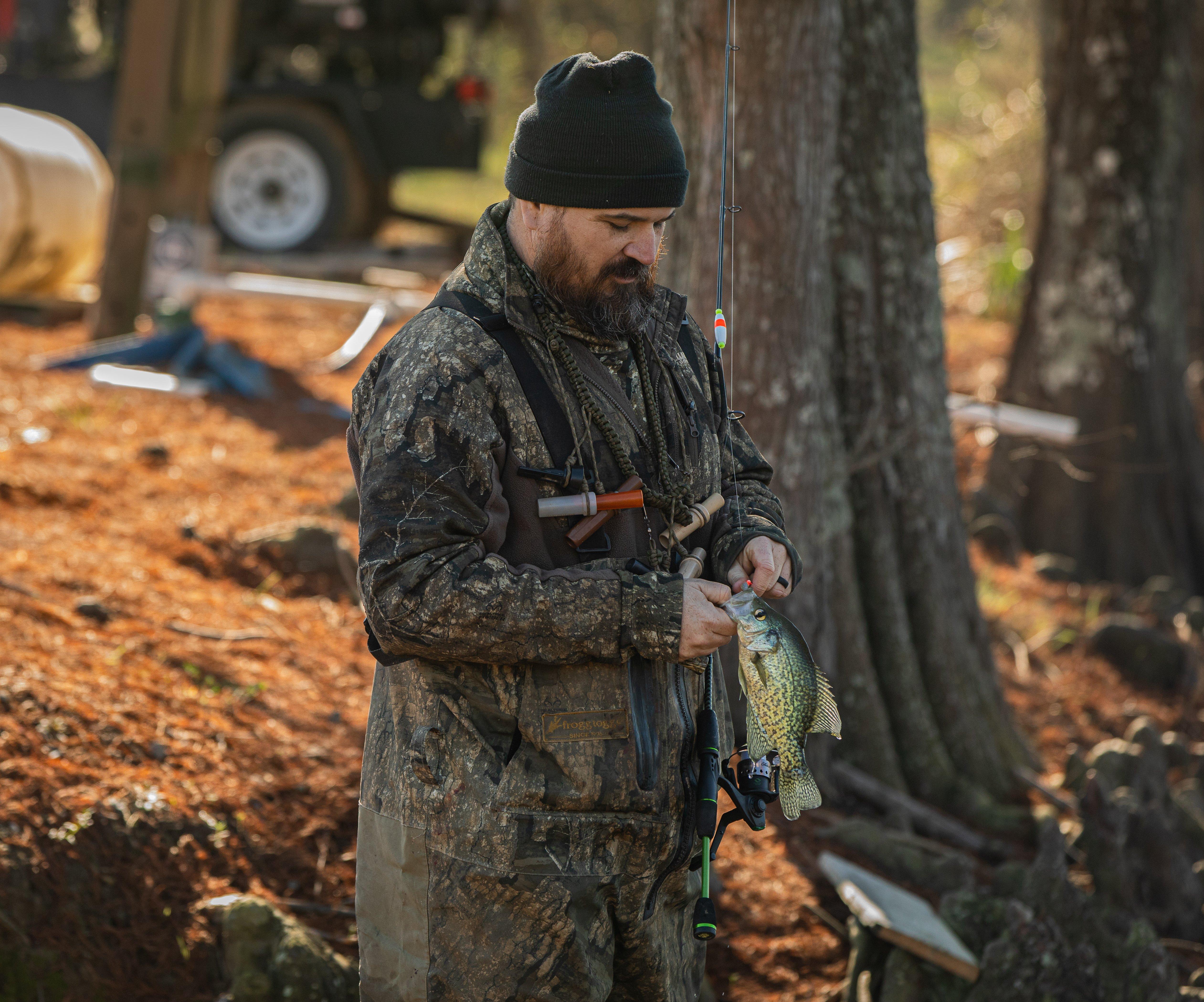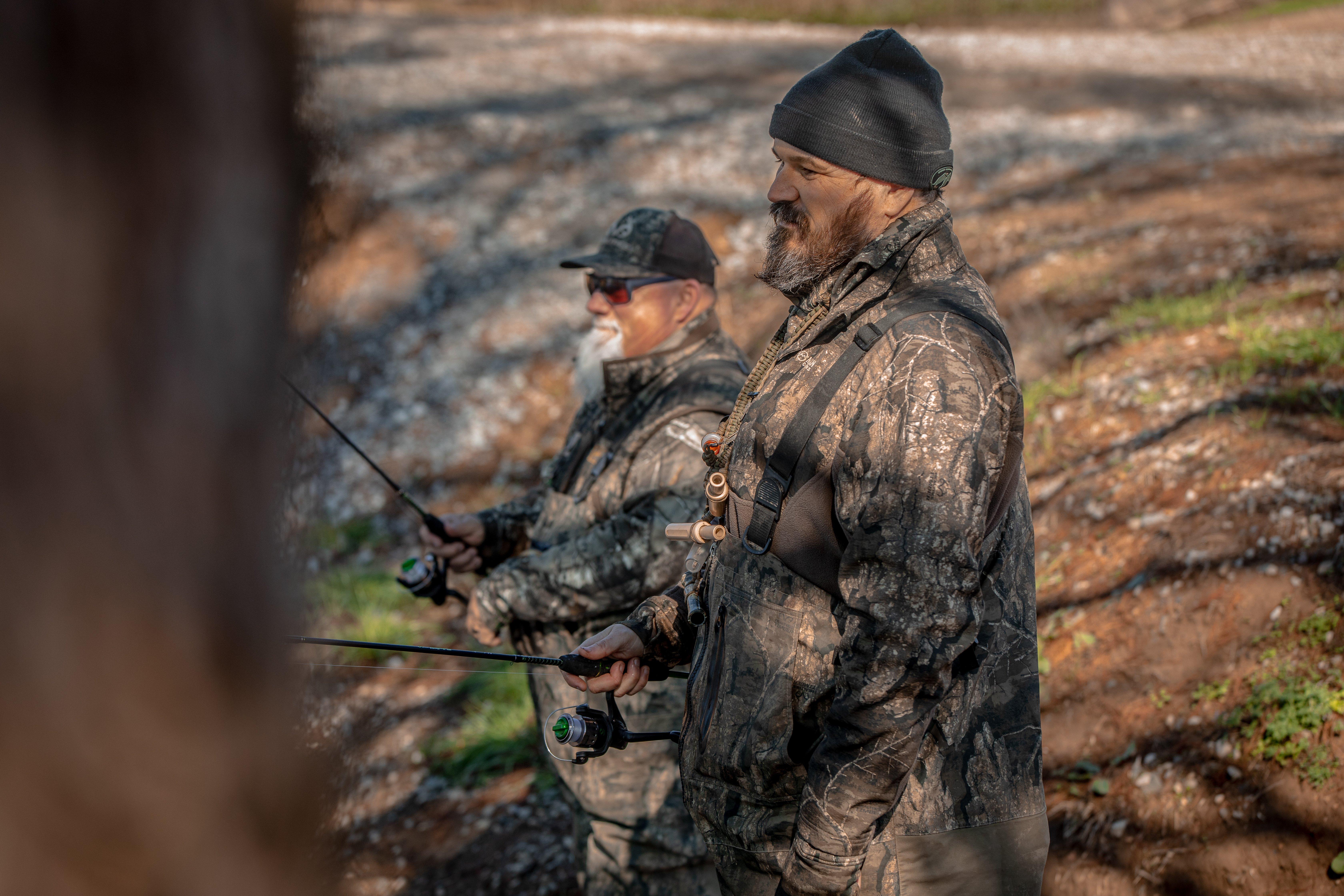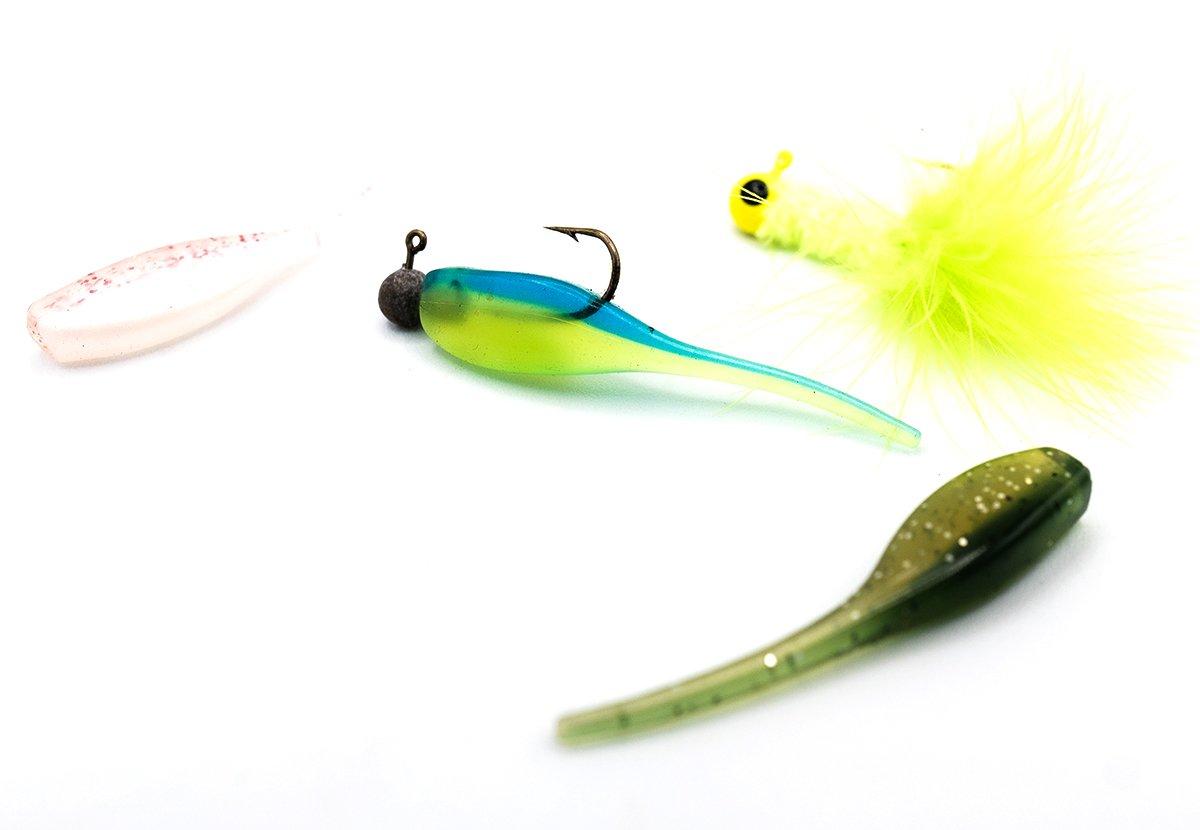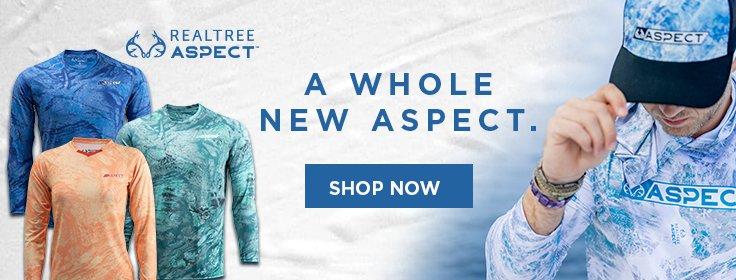Dipping a jig into heavy cover is simple, works from a boat or the bank, and is still one of the most effective ways to catch a mess of crappies
My introduction to catching panfish on a long pole came during trips to the South as a youngster. Bank fishing around my Ohio home was a small pond affair, reserved for kids with no access to a boat. But down south was an entire culture built around the shoreline strategy. Anglers young and old, of all races, colors, and creeds, joined together with long rods and poles to pull crappies from heavy, shallow water cover.
Later in life, I learned how effective the long-pole method is for catching crappie, from both the bank and a boat. Sometimes simple methods can be mistaken for inadequate. This is a mistake, especially when it comes to fishing. Efficiency lies at the core of long-pole fishing, making it deadly effective.
Today, we'll cover a few methods and discuss tackle for this technique. Don't be afraid to revise our suggestions to better match your fishery. After all, that's how this all started. And we'll focus on a single-rod technique, rather than spider-rigging or multi-rod trolling.
What's a Long Pole?
Just as the name suggests, our technique utilizes outsized fishing rods and poles. The differentiation is important: fishing rods carry a reel and guides; the line is threaded through and goes in and out. Fishing poles, on the other hand, have no reels and a fixed amount of line tied to the tip.
Both can work. Rods allow more flexibility and the ability to cast. Poles offer more simplicity and are often telescopic, allowing anglers to carry them in the trunk of a car. Thus, poles are usually longest, allowing for certain presentations farther from the angler, as we'll see.
(Don't Miss: How to Crappie Fish from the Bank)
We'll consider 9 feet to be the jumping off point in length. Maximum rod and pole sizes often reach 14 feet. Here, it's important to consider reach. With an extremely long pole, anglers can fish numerous spots from one fixed position. Fourteen feet, when spread all around the boat, covers some serious water.
Also consider the power of a pole. Fixed amounts of line, hanging directly from the rod tip, allow an angler to vertically drop a bait into a tight spot. Here is where a long pole really shines. Keeping vertical makes for precise presentations and prevents snagging.
On the other hand, rods with reels allow short, lob casts. I frequently use a 12-foot rod that proves to be multifunctional. It allows for dipping in the cover, but functions well when rigged with a float, and casts fairly easily.
One more consideration. When vertical dipping, I prefer to pull a short amount of line in and out with my free hand. Bass fishermen long ago coined this the flippin' technique. It allows me to do all my line work in hand, and never use the reel. This type of presentation can only be done with line coming through the guides, as on a rod, not a pole.
Rigging
Here's where we up our game. The leading problem with long-pole crappie fishing had always been line. You want something strong enough to yank big fish out of cover, yet effectively light to match downsized jigs. Braided fishing line works best. For all of my long-pole fishing, I incorporate Sufix 832 braid in 8-pound test. The diameter of this line matches 3-pound mono, allowing for perfect presentations of minuscule plastics. It holds a knot well and survives constant run-ins with brush. One spooling lasts my entire spring crappie season.
Don't confuse long-pole crappie fishing as a technique for novices. Each year, I catch more and larger fish dipping around shoreline cover than by any other method.
As a note, I find crappies seem to have few worries over colored fishing line. Go with neon colors to help detect strikes.
If you're using a rod, reel consideration matters little, as it's mainly there to gather line. Some long rods are tip-heavy, and a sizable spinning reel helps balance that out. Often, I use an inexpensive fly reel, as it removes any chance of tangling, and functions as a basic level-wind system. Again, the function is to simply hold line, and not retrieve my lure.
Productive Presentations
Properly rigged, it's time to consider bait. If you've spent much time here, you know that I'm a plastics guy when it comes to crappies. The exception occurs in ice-cold water of late winter, when minnows simply win-out.
(Don't Miss: Best Lures for Crappie Fishing: Jigs vs. Minnows)
Spring, summer, and fall find me starting with a tube jig. Tubes mimic everything a crappie eats, they come in a million colors, and they can be rigged with jigs ranging from 1/32 to 1/8 of an ounce. I find myself using a 1/16-oz most of the time, as it matches my shallow-water fishery around Florida. Try rigging the tube with the jighead inside the plastic, since this will keep the plastic from sliding down the hook, and offer a seductive spiral on the fall.
Dip the tube in and around any shallow brush, weed mats, or boat docks. Get your boat in close, so you can stay vertical and resist snagging. From the bank, tread lightly, and use your long rod or pole to investigate every downed tree you can reach. The basic technique is to drop the lure in, allow enough line to get to the bottom, take up six inches or so, and jig slowly up and down. Allow the lure to pause after two or three strokes. Crappies love a pause.
Almost all other crappie-sized plastics can be dynamite. In the North, 2-inch twister tails are favorites, as they mimic small shiner minnows. Lately, straight-tailed minnow imitators have become the hot item. Rigged on a jighead, it's impossible to hold the tail still. Tiny quivers trigger fish. And don't discount marabou; it's been catching fish for a hundred years, and still finds a place in my tackle box.
Modern Equipment Helps
When fishing from a boat, a few pieces of equipment will greatly aid your long-pole fishing. A quiet trolling motor is a must; foot-controlled if you're able. I fish out of a drab, camouflage aluminum boat and, when operating my trolling motor on a low, constant speed, find myself continuously catching fish right below the gunnel, even in shallow water. Crappies don't spook easily when they're holding around cover; they'd rather stay put than dart away. Move in slow and quiet, and they'll let you join the party.
(Don't Miss: How to Rig an Aluminum Bass Boat)
Shallow-water anchors are a big plus for getting in position and staying put. Often, multiple fish can be taken from the same brush top, or even the same hole in the grass.
You're sure to hear more about forward-facing sonar in any media covering crappie fishing. While I admit the new technology is deadly effective for open-water slabs, it has no place in my long-pole approach. I find that, by keeping on the move, I locate active pods of fish. Their whereabouts change daily, and the only way to find the day's hotspot is to fish, rather than stare at a screen showing crappies that won't bite. It just works for me.
Don't confuse long-pole crappie fishing as a technique for novices. Each year, I catch more and larger fish dipping around shoreline cover than by any other method. The technique is simple and the tackle not overwhelming. In the end, long-poling offers a return to nature that few other fishing methods can match.











